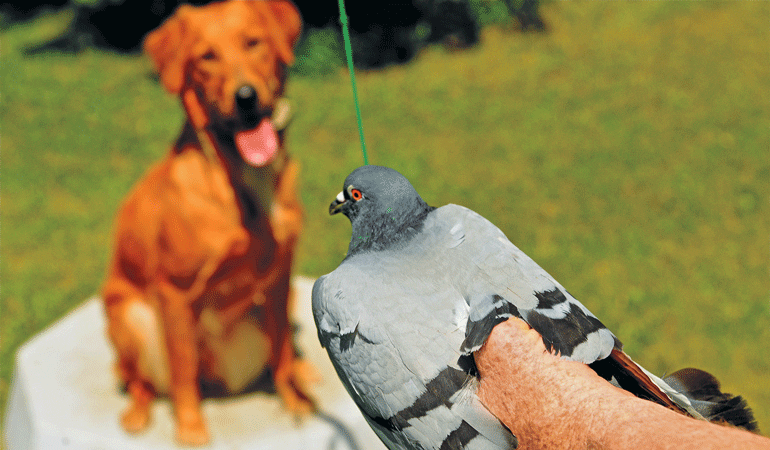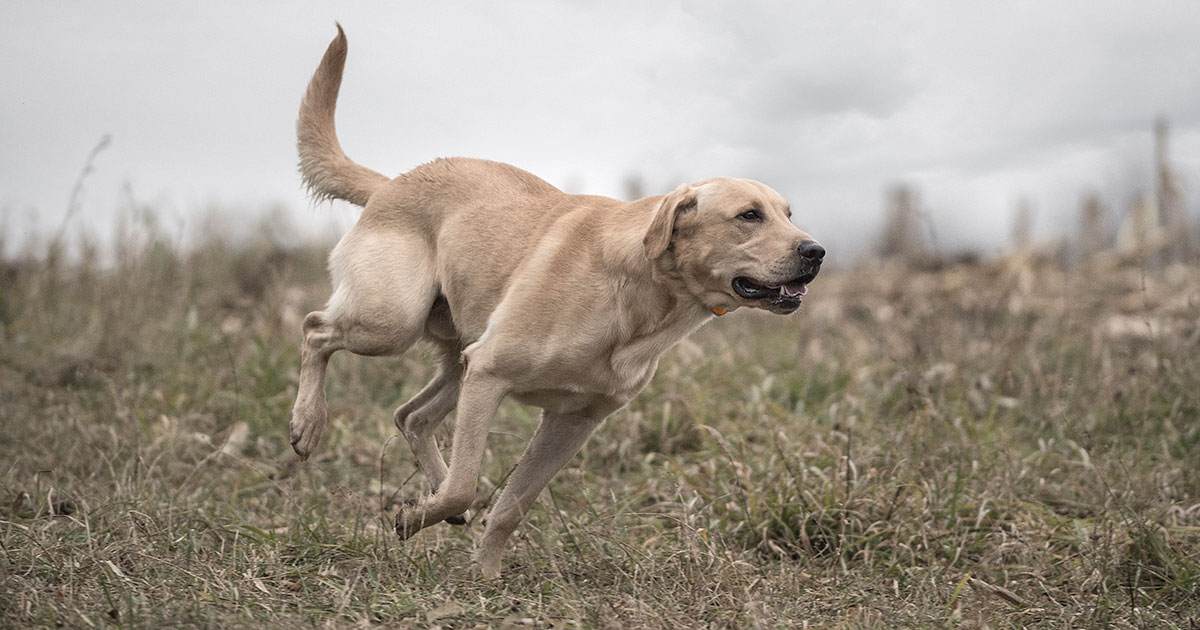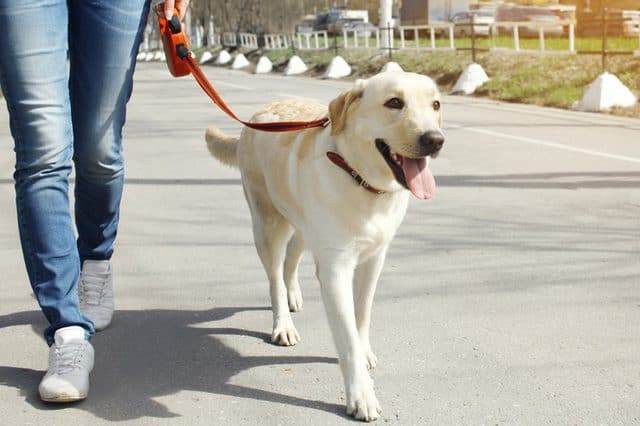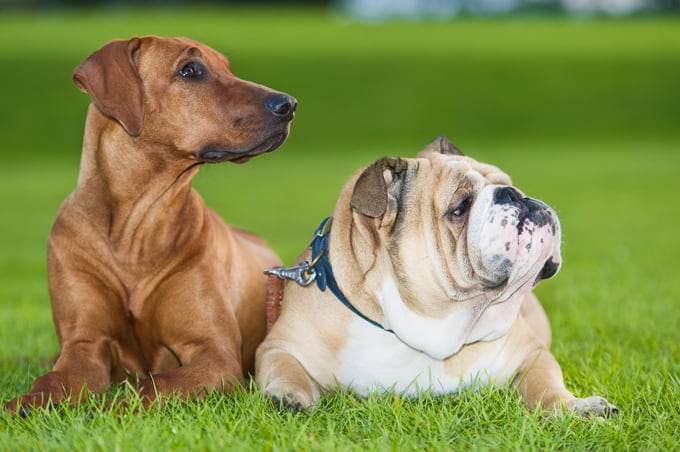Whether you have a dog already and you are considering adding a feathery companion to your clan, or you have a bird and are looking to get a retriever dog, it will demand some extent of effort to accommodate both of them into the same home. Dogs are predators naturally. They are above birds in the hierarchy of the food chain, hence which leaves birds as easy prey.
Golden Retriever or Lab Retrievers are usually affectionate, relaxed, and friendly towards other creatures. Regardless of breed, any dog can show animosity towards a bird. Dogs are individuals, and each one possesses his temperament. It can be a little challenging to train your retriever at first to get along with a bird, but it is not impossible, as long as you are patient and continually plan for the security of each pet.
Even if your puppy is showcasing interest in the bird, he can still accidentally injure your bird in enthusiasm. As dogs and puppies can quite playful, they tend to goof around a lot. There are always inherent risks when fitting a dog with a bird under one roof, and we must make provisions.
Dogs invariably have the instinct to go after their prey. Since they have evolved from the wolves, hunting behavior remains inherent to dogs. Rapacious attitude toward little creatures may only go as far as the trail, with no bad done to the pet. While dogs are naturally an eager species they may push further, depending on the plight and their enthusiasm. It’s rare for any dog to leave a bird alone, as dogs are curious creatures, even the slightest movement in their surrounding can grab their mind instantaneously.
The following are some insightful points to consider before you begin to coach your Retriever.
Introduce your pets slowly

- While working on your Retriever and bird’s relationship, it’s vital to establish that your pets are introduced accordingly. When you first introduce your dog to a bird, find a space that doesn’t have many distractions and which neither animal will look at as its zone. Make certain when they share time, it’s in an unbiased atmosphere.
- Bring them in the same room with each other, several times, for a few minutes. Do this for a couple of times over a week. The intention here is that they get comfortable with each other’s presence, and you can build up their time of socializing together from there slowly.
- When you are introducing your dog to a bird, observe, and follow his reaction. If the bird doesn’t look intimidated, you can let your dog sniff (but not lick!) the bird, to get more familiar with it.
- If your pooch appears interested but gets easily distracted, this is a positive sign. The two may get along. If Your dog’s attention cannot be deflected, and he is exhibiting signs of predatory aggression, such as lunging, growling, and rumbling. Remove the dog immediately from that space.
- If your Retriever shows enthusiasm and makes the move to interact with, or approach, the bird, say a powerful “No!” so that they get the message clearly, that this is unacceptable. If your dog does not obey this command, it is best to keep him away from the bird until he learns to obey your commands instantly.
Supervision
Supervision is a must at all times. For a primary few coaching sessions, keep your dog leashed and your bird in a cage. Having the dog and your bird together, for several sessions, will help them grow accustomed to one another. After accomplishing this much you can unleash your dog in the space, as long as it continues to behave and not heckle the bird. Reward your dog for exemplary behavior and success every time.
However, for your bird’s safeguard, never let it out of the cage when the dog is in the same proximity. Never leave the pets in the same section together unattended. Accidents can happen, even with the most well-mannered and well-trained Retrievers. The best approach to lessen the risk of any mishap is to place your bird inside the enclosure throughout. It will also minimize the risk of your bird escaping or fleeing off.
Watching For the Signs
Notice signs of predatory conduct in your dog. Fixated eyes, growling are suggestions of aggression. Your dog could stalk other creatures, hunching down toward the bottom and trailing. His tail could become stiff and arise. Intense focus on younger animals is another sign of predation.
The predatory sequence can be rapid, where some dogs show slight signs before they charge for the attack. Abrupt movements from the prey animal will prompt the chase sequence from the dog.
Other Concerns
Even though chasing birds could be a common attribute in a dog, that is instigated pretty much without their control, they just instincts to hunt. The impulse may be controlled rather quickly if you can seek training for your retriever or have some individual sessions with an expert. A dog handler will show you the best steps to grasp his primal instincts.
An additional issue to remember here is that the birds can carry viruses that can be contagious to dogs. Even though it’s uncommon for dogs to get infected with bird viruses, prevention is always better than cure. It could also save you from a huge vet’s bill.
Mistakes To Avoid

Set the two pets off on the right foot by avoiding any complications. Keep off from some common mistakes that are made by the owners while introducing their retriever to a pet bird.
- Do not leave your pets off-hook in the same area during their meeting sessions. Keep your bird set securely inside the cage at all times, around your Retriever, and always put your dog strapped. Unable to keep either pet restrained can lead to blunder, if one of them tries to attack the other. Until you’ve established that they both are comfortable around each other, keep them restricted.
- If you’re planning to bring out the bird from the cage, take your dog in a different place, away from the bird. Offer him his favorite toy or some prop, which might hold your dog’s attention.
- When planning to take your bird out of the cage, you might consider setting the bird on the leash, to prevent her from fleeing-off or going among your dog’s reach.
- Be certain that the bird cage is strong enough and is of proper size. Make sure the gate has a proper latch so that neither of the animals can open it. Place the bird cage in a spot where your dog cannot reach it.
- Keep your dog out of the room once your bird is out of the cage. Do not assume that your presence can inhibit an attack. Another safe suggestion would be to keep the dog away from the bird or birdcages whenever you are not around. Unfortunately, there have been several instances where the birds were killed through the cage bars by dogs. Be certain that the birdcage is sturdy.
- The better suggestion for you is that, make your dog spend an ample amount of energy throughout the day, by performing activities such as going for trails, playing games like fetch, so it is more likely that your dog will remain more calm and relaxed at home — and will not nag your bird. You can shift your dog’s attention from the bird by giving him a fistful of his favorite treats or by rewarding his good behavior.
- If your Retriever is a pup, the training and introduction will require more consistency. Puppies are generally non-aggressive and easiest to coach. But, an enthusiastic puppy can be really goofy/playfully at times and can accidentally pounce on the bird, this can lead to an injury/trauma or even death in some cases if the bird is a delicate one. So it is crucial to administer their communications. It is vital that if they have accidentally scratched the bird, alert the vet to this.
- You can consult a professional dog trainer if your dog has a history of injuring or killing a bird on several occasions.
- I would also recommend you, that you visit an accomplished dog behavior consultant or handler in your vicinity to guide you, evaluate your retriever, and train him to get familiar with birds.
Conclusion
Regardless of the species that is being brought in, every member of the household (human or a pet) require some sort of organized, supervised introductory session to survive well together. Training your Retriever on your own might seems a little overwhelming in the early stages but eventually, you’ll realize that retrievers are the easiest to work with.
As long as you’re putting in all effort that is needed, most pets can eventually comprehend a way to settle amicably within the same territory. Keep these aspects in mind as you prepare for the acclimation process, however, don’t quit. The key to success here is to be patient with your pets and consistent while coaching your pooch. Don’t get afraid of the what if’s, enjoy these sessions with your pets, and embrace it.
Table of Contents



